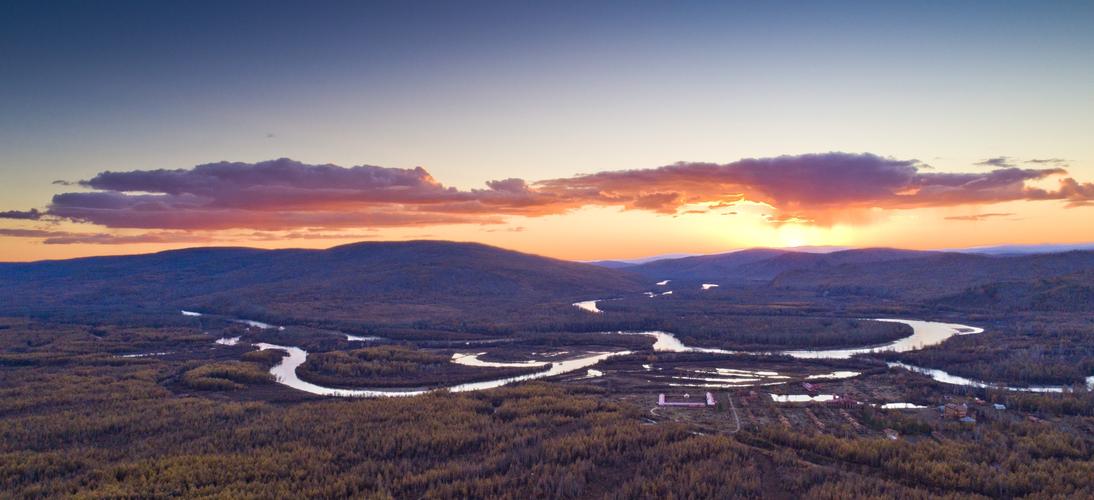Discover the Mysteries of Yellowstone: Gaining Insight into the World’s Oldest National Park
Yellowstone National Park is one of the United States’ most treasured natural wonders. Spanning over 2.2 million acres, this park was established in 1872, making it the world’s oldest national park. It’s an outdoor enthusiast’s playground, with a backdrop of stunning natural features like geysers, hot springs, canyons, rivers, and forests. However, there’s much more to Yellowstone than meets the eye. In this article, we’ll delve into the mysteries of Yellowstone, from its geological history to the wildlife that inhabits it.
Geological Oddities of Yellowstone
Yellowstone National Park is home to some of the most unusual geological features in the world. The park sits on top of a massive volcanic caldera, which last erupted around 640,000 years ago. The caldera isn’t visible to the naked eye, but its effects are felt all across the park, including the famous geysers and hot springs.
Old Faithful is Yellowstone’s most iconic geyser, erupting every 90 minutes on average. However, it’s not the only one in the park. Yellowstone has over 500 geysers, which is more than half of all the geysers present on earth. Yellowstone’s geysers, hot springs, and mud pots are all driven by the same geological process that occurs under the caldera.
Wildlife Wonders of Yellowstone
Yellowstone’s diversity of wildlife is just as impressive as its geological features. The park is home to over 60 different species of mammals, including bison, elk, moose, wolves, coyotes, and grizzly bears. The park is one of the few places in the United States where you can still see these animals in their natural habitat.
Yellowstone’s bison population is particularly impressive, with an estimated 4,000 animals living in the park. The bison are descendants of the ones that roamed the Great Plains over 10,000 years ago. Watching a herd of bison graze against the backdrop of Yellowstone’s stunning vistas is an unforgettable experience.
Preserving Yellowstone’s Mysteries for Future Generations
As the world’s oldest national park, Yellowstone has become a symbol of conservation efforts worldwide. In 1978, UNESCO designated Yellowstone as a World Heritage Site, recognizing its unique natural values. The park has since become an important center for research and education, with scientists working to understand the geological and ecological processes that take place within its boundaries.
Yellowstone’s preservation is a shared responsibility, and everyone who visits the park can play a role in protecting its natural wonders. Visitors are encouraged to follow the park’s rules and guidelines, such as staying on designated trails and keeping a safe distance from wildlife.
Conclusion
Yellowstone National Park is much more than just a beautiful landscape. It’s a place that holds geological, ecological, and cultural values of global importance. Learning about Yellowstone’s mysteries is not only fascinating but also important for understanding our planet’s natural processes. As stewards of the environment, we have a responsibility to protect this natural treasure and ensure that it’s preserved for generations to come.
(Note: Do you have knowledge or insights to share? Unlock new opportunities and expand your reach by joining our authors team. Click Registration to join us and share your expertise with our readers.)
